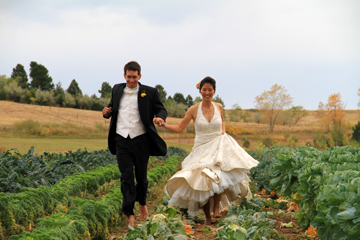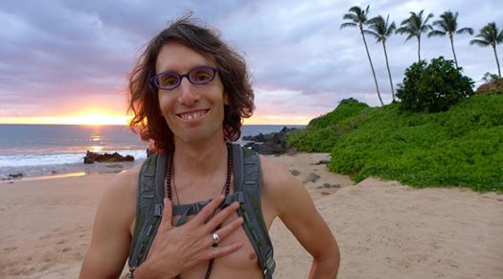
Hi Everyone!
Jessica and I have been quiet over the last few months as we've focused our efforts on healing, getting life back on track, plus a balance of working hard on new projects while practicing new mindful techniques to help us stay centered and grounded throughout it all. It’s been an incredible learning opportunity and though we would never want a repeat of the last year, we’re so grateful our journey has taken this surprise “detour”.
Many of you have been wondering how my progress has been going since my near-fatal accident nearly ten months ago. For those of you unaware, tomorrow marks the ten-month anniversary of my most recent "accident" (in quotes because we believe it happened for a reason), which resulted in a shattered femur and a substantial loss of well over 50% of my blood volume. It was touch and go for a bit - I needed 2 helicopter rides, many blood transfusions and titanium rods through the leg and hip (basically a titanium hip, but I got to keep the socket!). For a full synopsis, check out the video from our Indiegogo campaign last Fall. (Thank you to all who supported us!)
I can't believe how time has flown, it seems like just yesterday I was rolling around in a wheelchair, still a bit dizzy and in lots of pain, trying to figure out how to sit upright without fainting.
Since that time so much has changed—body, mind and soul. According to doctor's timelines, I'm well ahead of schedule, more than 100%, or twice as far, twice as fast, as projected. Compared to my recover seven years ago (from a near-identical injury) I am way ahead of schedule! I am so incredibly thankful!
Once my sutures healed, I gently crawled my way into a pool, where I could finally get my heart rate up and get the body moving again. My body responded well, inflammation went down, and I stopped being dizzy and winded from having lost over half of my blood. Movement helped my blood count come back.
Cycling for Rehabilitation
Weeks later, just off of crutches, I began riding my bicycle (once I could finally get my knee to bend enough to make a full revolution). First I started on an indoor trainer, before progressing outside. We live on the side of a 10,000 foot volcano where all roads point straight up or down, which has been great for my recovery.
Riding also helped me strengthen my leg, and get it ready to walk again. Once off of crutches, I began the delicate task of walking again, but only without a limp. I didn't want to learn bad habits, so I took things extra-slowly, very mindfully putting one foot in front of the other.
“Wogging” Uneven Terrain
Soon after, I started heading for wogs (wogging = half walking-half jogging) up hills and along trails, using uneven surfaces and steep inclines to strengthen my leg and retrain my balance. I was slower-than-a-tortoise, but incredibly happy to be out, and on my own two feet. Soon I headed for the beach, where the deep sand acted as a weight-training workout.
Each step of the way I've been incredibly mindful of my progress and the needs of my body. I've done visualization exercises, carefully watched my progress, and done everything I could think of to keep from getting in my own way. (Including setting up the most healing, low-inflammation diet I could possibly come up with).
Setbacks – EMF & Over-exuberance
I've only had two minor "setbacks," during this time, unusual for an injury of this scale (exploded right femur, all the way up to the hip, which left me with a new titanium femur and hip). First, the bone was healing slowly, I believe due to having my laptop literally in my lap while working on the couch. I would feel the titanium rod heat up from the laptop, which was VERY uncomfortable and NOT good for healing.
Once I could sit upright enough to get off of the couch and get the heated laptop off of my leg, bone growth rapidly took off! (I think crawling out to nature and spending time sitting on the earth helped tremendously too!)
Second, a few months back I got too excited when getting back on the roads running, this over-exuberance tired out my atrophied Achilles and calf, requiring about a month of backing off, focusing on being the tortoise to win the race.
But the muscles came back, the tendons have come back, and you can't even tell the leg was once nearly gone.
I'm now running again (albeit slowly), riding almost like never before, doing ocean swims, and hiking on some very technical surfaces. More importantly, my laughter has grown stronger, and my outlook on life has truly become something special. I look in a mirror and laugh, asking "Who is this guy???" I am so lucky to still be alive!
And of course, as you can see, my hair has grown longer. After the accident I couldn't shower for nearly two months. And once I could, my hair was turning curly (something it never did before), and looked fun. So I thought, hey, new me, new chance at life, why not, new hair? (Yes, I'm laughing out loud as I write this!)
So that's it from here, there's a lot of exciting stuff we're working on, and we've got a big move coming up soon. Near death experiences change you, particularly if you're open and ready. We have to follow our hearts now, as there's no other way. So expect to see some exciting updates in the near future, as we follow our hearts and laughs, and make our way off of Maui.
I wish you the most beautiful, heart-centered, laughter-filled and healthy, spring-days ahead. Yes, though it may not always look it, Spring is here in two days! Enjoy the walks, the runs, the sound of the birds returning, and time out in nature ! Life is good!


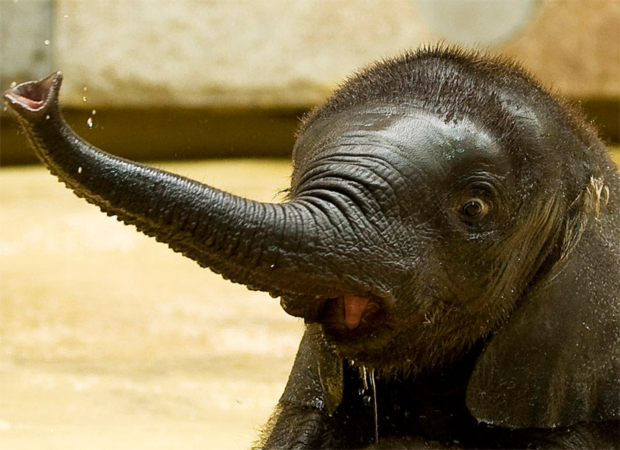 2. They have enough cushioning to run over a small elephant without hardly noticing it, at least until Mama Elephant comes calling.
2. They have enough cushioning to run over a small elephant without hardly noticing it, at least until Mama Elephant comes calling.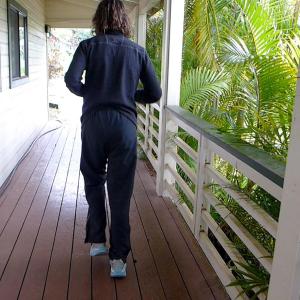
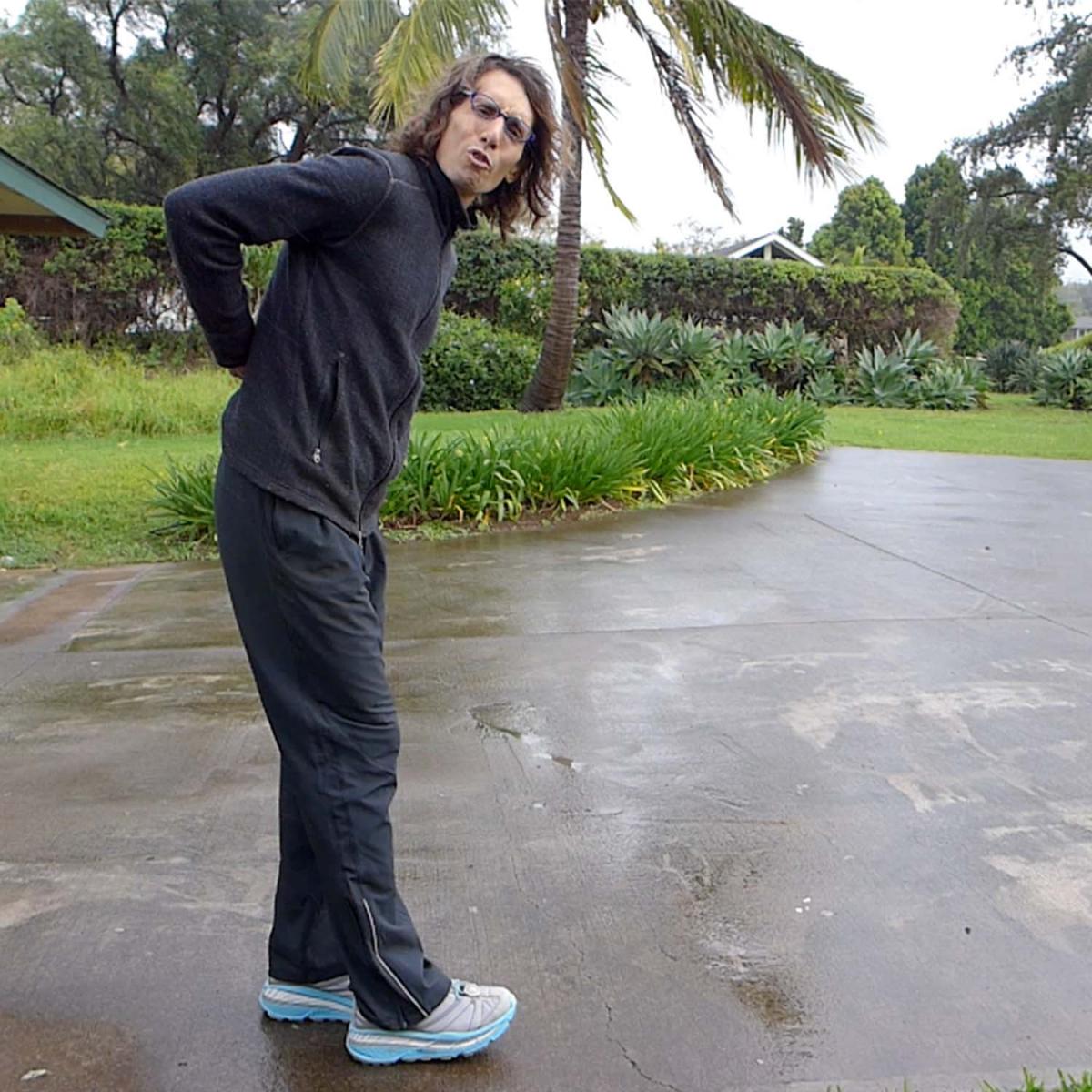 3. Because of the high heel, you have to get your butt back to balance your forward shift in weight. This not only strains the hamstrings and back, but tightens your back up, forcing any "impact" that comes in to be jammed right into your back. As someone who "thought" I had permanently recovered from a debilitating injury to L4 and L5 of my back (lumbar vertebrae) many years ago, my back is now KILLING me after just a short test-run in these shoes.
3. Because of the high heel, you have to get your butt back to balance your forward shift in weight. This not only strains the hamstrings and back, but tightens your back up, forcing any "impact" that comes in to be jammed right into your back. As someone who "thought" I had permanently recovered from a debilitating injury to L4 and L5 of my back (lumbar vertebrae) many years ago, my back is now KILLING me after just a short test-run in these shoes.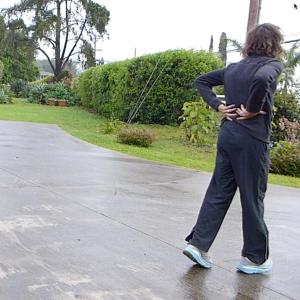 4. Since the heel is so high, it's incredibly difficult to land on your forefoot or even your midfoot for that matter. I couldn't do it at all, Jessica could, but with amazing difficulty. This means you are RELIANT on the cushioning of the shoe, rather than the natural shock-absorber mechanisms of the foot and leg (with proper mindful running or barefoot running technique, you can effortlessly use the leg as a 2-3 foot shock-absorber, not so in these shoes). Without the natural cushioning of the body, you basically jar and jamb force straight up through your shins, knees, hips, and straight into your back.
4. Since the heel is so high, it's incredibly difficult to land on your forefoot or even your midfoot for that matter. I couldn't do it at all, Jessica could, but with amazing difficulty. This means you are RELIANT on the cushioning of the shoe, rather than the natural shock-absorber mechanisms of the foot and leg (with proper mindful running or barefoot running technique, you can effortlessly use the leg as a 2-3 foot shock-absorber, not so in these shoes). Without the natural cushioning of the body, you basically jar and jamb force straight up through your shins, knees, hips, and straight into your back.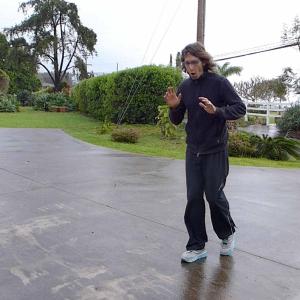 7. A last note, as someone with a hip injury, my right foot and leg track straight and land flat in minimalist shoes or barefoot, but with these on and my new titanium hip, my right foot (and thereby leg) want to roll to the outside, not only putting lots of force on the outside of, and above my ankle, but greatly stressing my IT band almost instantly, as it was forced to try and fight against the shoe to keep me from rolling out.
7. A last note, as someone with a hip injury, my right foot and leg track straight and land flat in minimalist shoes or barefoot, but with these on and my new titanium hip, my right foot (and thereby leg) want to roll to the outside, not only putting lots of force on the outside of, and above my ankle, but greatly stressing my IT band almost instantly, as it was forced to try and fight against the shoe to keep me from rolling out.
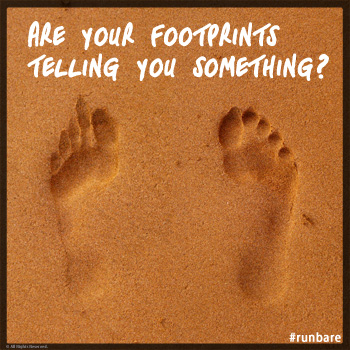 Footprints can tell quite a tale. They can show asymmetries, weaknesses, future injuries, form challenges and things about our body we didn’t know. We try to get down for a sunset walk along the beach every evening, but for months I was only registering Michael's odd footprint on a subconscious level. Something finally clicked last week.
Footprints can tell quite a tale. They can show asymmetries, weaknesses, future injuries, form challenges and things about our body we didn’t know. We try to get down for a sunset walk along the beach every evening, but for months I was only registering Michael's odd footprint on a subconscious level. Something finally clicked last week.
 Jessica and I (Michael) have gone pretty much raw/vegan. I've been a vegan for the majority of my adult life, and Jessica's been mainly vegetarian since we met. Lately we've been sprouting the world, with fantastic sprouts from alfalfa, rad
Jessica and I (Michael) have gone pretty much raw/vegan. I've been a vegan for the majority of my adult life, and Jessica's been mainly vegetarian since we met. Lately we've been sprouting the world, with fantastic sprouts from alfalfa, rad
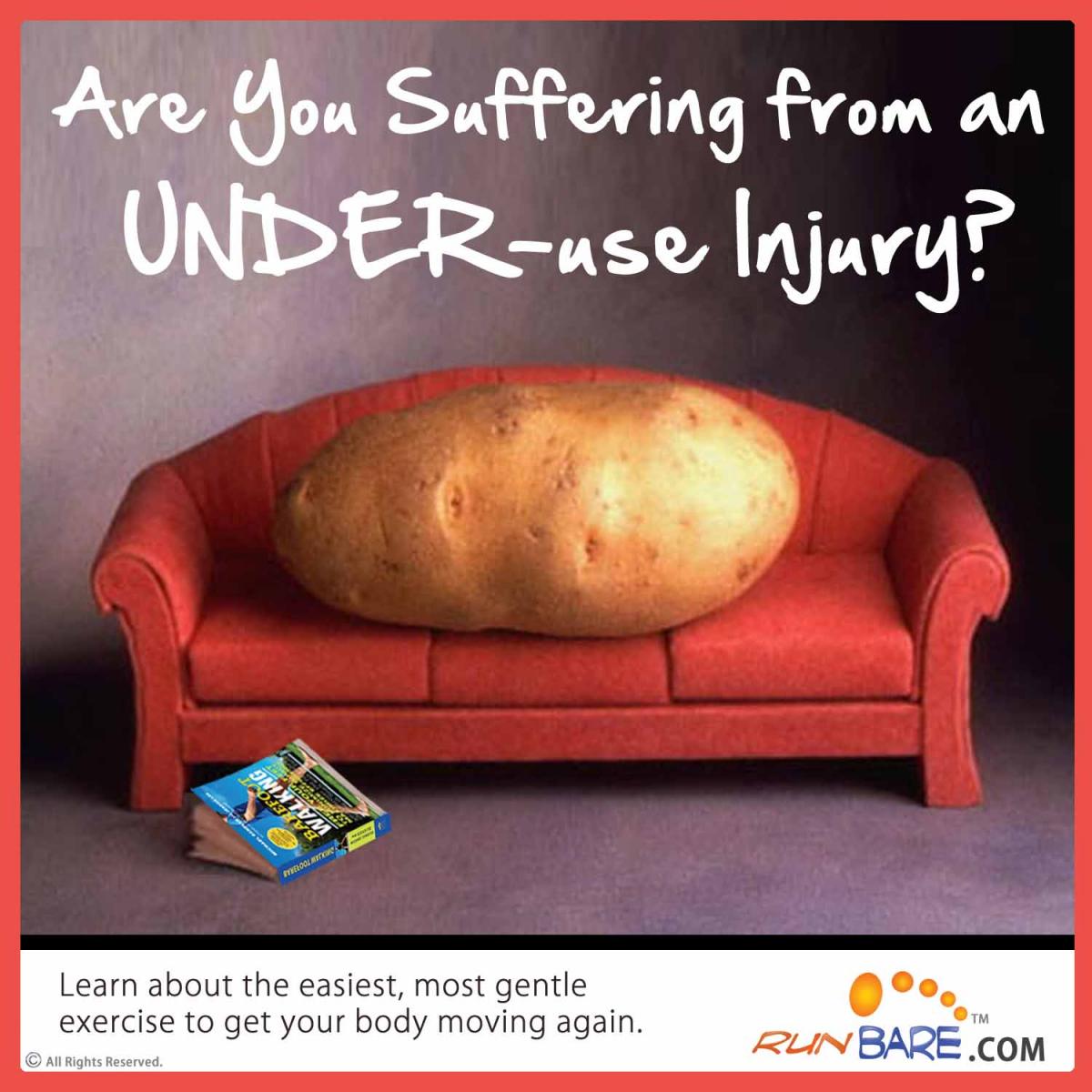
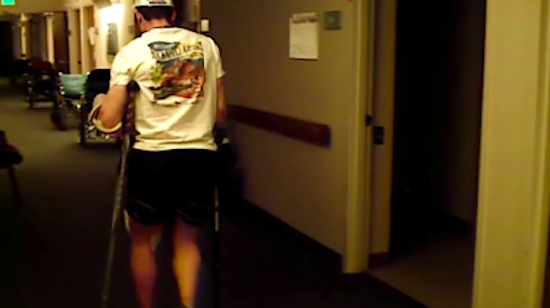
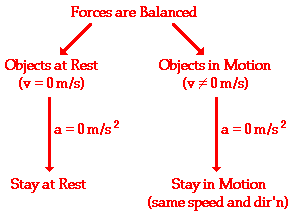 So what’s the answer? Motion. Or as they said in physics, bodies in motion, like to remain in motion (See diagram on left - friction and other factors withstanding of course... but you get the idea). Stay active, even, or especially during the busy periods of your life. Be especially gentle on your body at these times (no need to push it), but realize the best answer to stress (whether mental or physical—sitting is a huge physical stress too, look for an upcoming blog post on this) is movement. It’s what we evolved to do, to walk, hunt, gather, and take care of a tribe, rather than plunk ourselves down and stay there 8 or more hours a day, week after week, year after year. It’s incredibly unnatural, and the body gets really, really confused. So stay physically active, and in your routine, relatively speaking, no matter what. (Note, this isn’t an excuse to be neurotic, be gentle to yourself in all you do, and don’t fret the occasional missed workout…in the greater scheme of things, these short breaks can be very helpful, and the stress you put on yourself worrying about a missed workout is typically far worse for your body than the stress you’re putting on your body by NOT working out). And if you’re recovering from injury or have been sidelined too long, be gentle, heed the medical advice, but get out in nature and start getting out to “play”; gradually doing more, rather than less. Your body will thank you for it!
So what’s the answer? Motion. Or as they said in physics, bodies in motion, like to remain in motion (See diagram on left - friction and other factors withstanding of course... but you get the idea). Stay active, even, or especially during the busy periods of your life. Be especially gentle on your body at these times (no need to push it), but realize the best answer to stress (whether mental or physical—sitting is a huge physical stress too, look for an upcoming blog post on this) is movement. It’s what we evolved to do, to walk, hunt, gather, and take care of a tribe, rather than plunk ourselves down and stay there 8 or more hours a day, week after week, year after year. It’s incredibly unnatural, and the body gets really, really confused. So stay physically active, and in your routine, relatively speaking, no matter what. (Note, this isn’t an excuse to be neurotic, be gentle to yourself in all you do, and don’t fret the occasional missed workout…in the greater scheme of things, these short breaks can be very helpful, and the stress you put on yourself worrying about a missed workout is typically far worse for your body than the stress you’re putting on your body by NOT working out). And if you’re recovering from injury or have been sidelined too long, be gentle, heed the medical advice, but get out in nature and start getting out to “play”; gradually doing more, rather than less. Your body will thank you for it!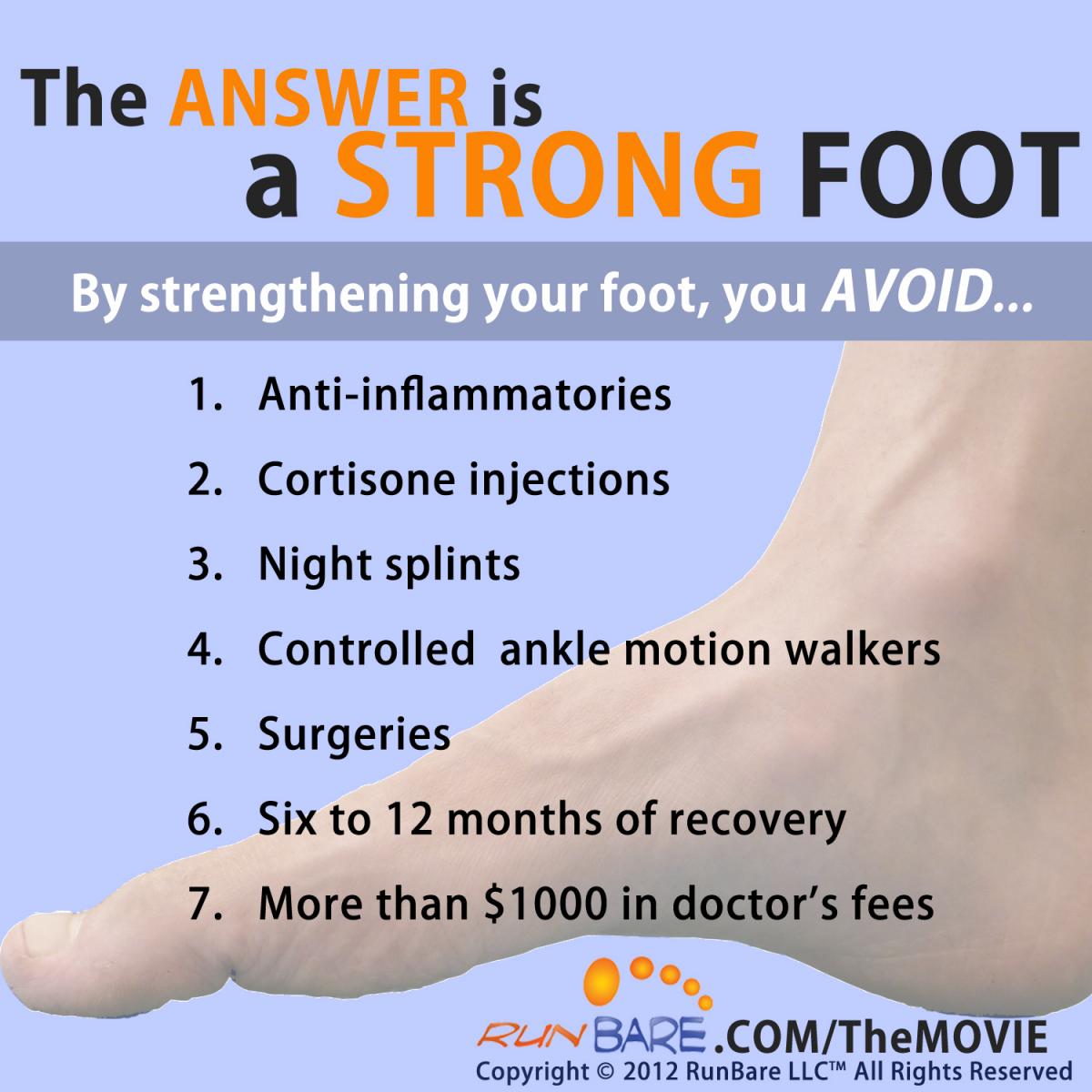 Dr. Nick wrote a beautiful letter yesterday for Podiatry Today, confirming what we’ve been sharing in our book
Dr. Nick wrote a beautiful letter yesterday for Podiatry Today, confirming what we’ve been sharing in our book 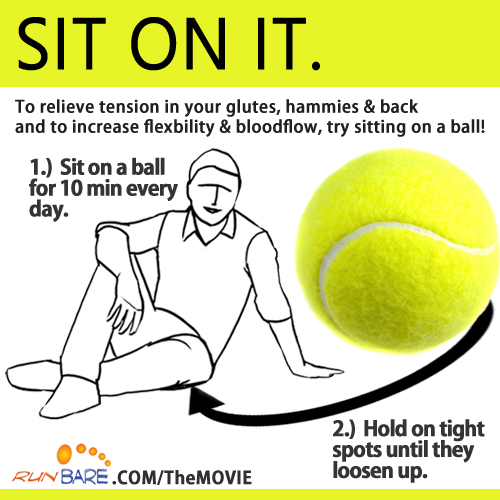 It’s springtime in North America! A time to head outside, be more active, start getting back into shape - and it might be the time you decide to try barefoot running.
It’s springtime in North America! A time to head outside, be more active, start getting back into shape - and it might be the time you decide to try barefoot running.
